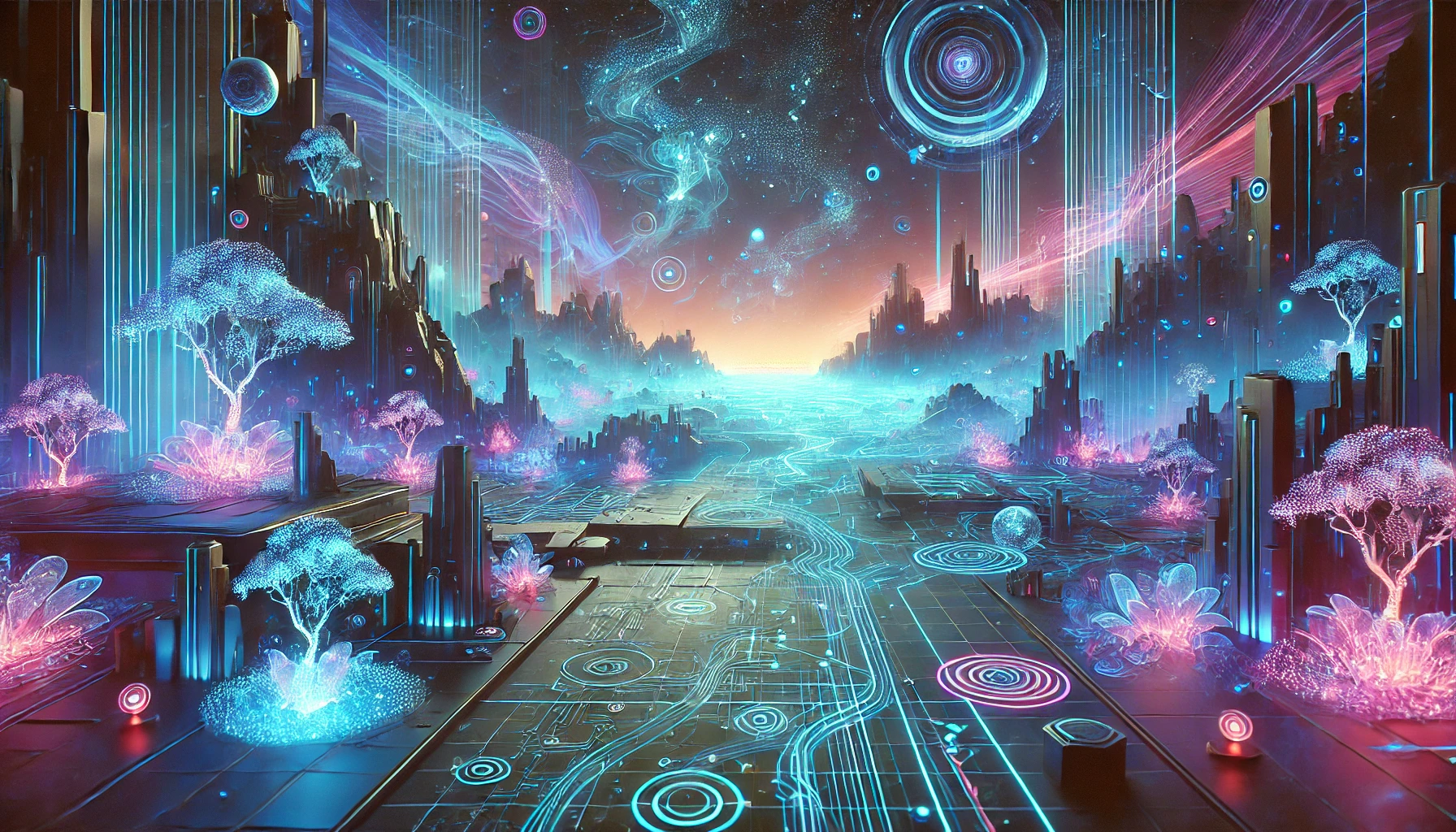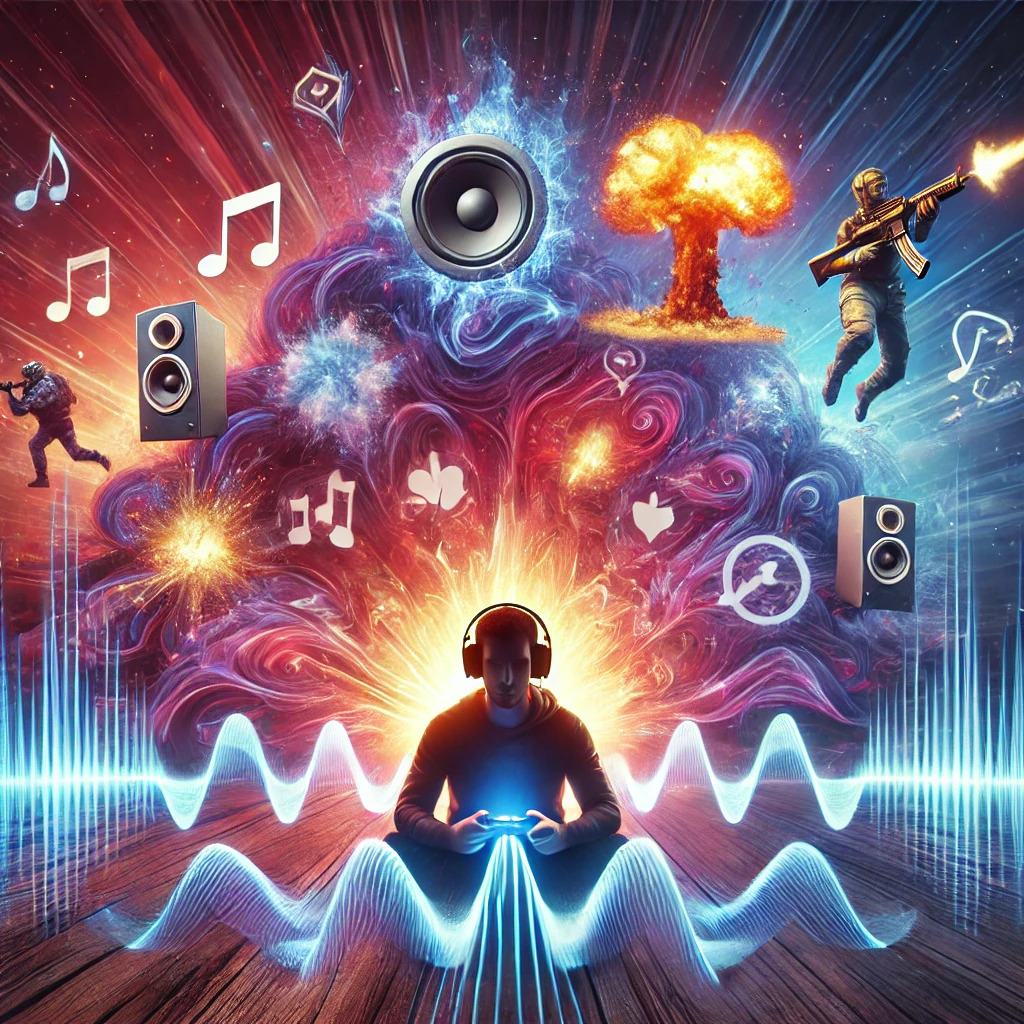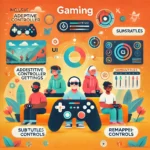Sound is often the invisible hero of immersive game design. While players tend to focus on visuals and mechanics, audio plays a crucial role in shaping how a game feels, reacts, and communicates. A well-designed soundscape can elevate gameplay from engaging to unforgettable.
Building Atmosphere
From the ambient hum of a sci-fi spaceship to the wind through trees in a fantasy forest, environmental audio grounds the player in the world. Subtle cues like echoes, reverb, or distant creatures help define space and presence.
In horror games, silence or low-frequency drones can create tension before anything visually happens. This psychological layer is one of the most powerful tools for immersion.
Gameplay Feedback
Sound also serves as real-time feedback:
- Reload clicks and footsteps in shooters
- Musical cues for puzzle success or failure
- Unique sounds for low health or power-ups
- Directional audio that helps with spatial awareness
In competitive games, recognizing audio cues like reloads, ultimates charging, or footsteps can make the difference between victory and defeat.
Music as Emotion
Game music sets tone and pace. Think of The Legend of Zelda’s overworld theme or the adaptive combat music in DOOM—these tracks don’t just fill silence, they drive emotion and energy.
Modern dynamic soundtracks even respond to player actions, changing tempo or intensity based on in-game behavior.
Sound as Accessibility
Audio cues also aid accessibility. Many games now include visual sound indicators, customizable mix settings, and descriptive audio for blind or visually impaired players.





